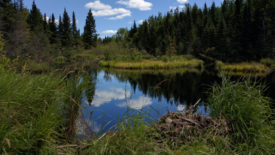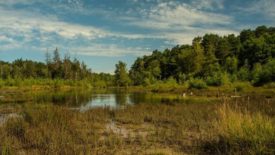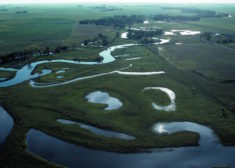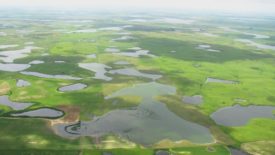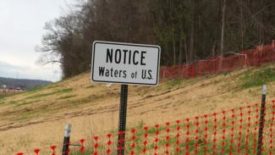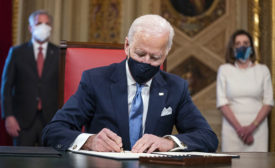Home » Keywords: » WOTUS
Items Tagged with 'WOTUS'
ARTICLES
Environmental Protection
Lawsuits claim the new WOTUS regulation is vague and threatens to slow infrastructure approvals
Read More
Environment
Feds Finalize Key 'Waters of the United States' Wetlands Rule
Some industry groups question EPA-Corps rule release with US Supreme Court decision pending
Read More
Environment and Construction
Biden Proposes to Formally Roll Back Trump-Era Water Rule
ARTBA says move could affect infrastructure money
Read More
The latest news and information
#1 Source for Construction News, Data, Rankings, Analysis, and Commentary
JOIN ENR UNLIMITEDCopyright ©2024. All Rights Reserved BNP Media.
Design, CMS, Hosting & Web Development :: ePublishing
